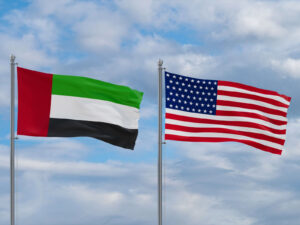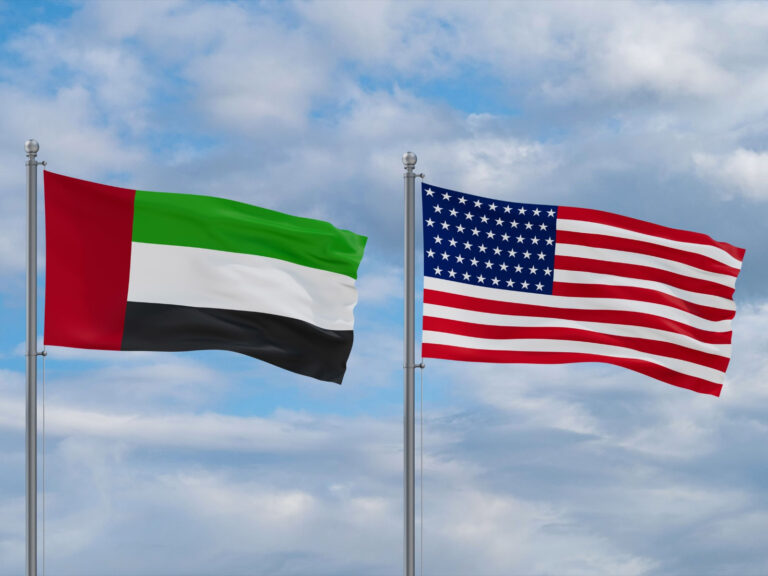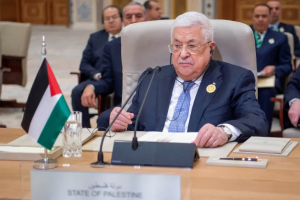India and China have snapped up the vast majority of Russian oil so far in April at prices above the Western price cap of $60 per barrel, according to traders and Reuters calculations.
That means the Kremlin is enjoying stronger revenues despite the West’s attempts to curb funds for Russia’s military operations in Ukraine.
A G7 source told Reuters on Monday the Western price cap would remain unchanged for now, despite pressure from some European Union countries, such as Poland, to lower the cap to increase pressure on Moscow.
The advocates of the cap have said it reduces revenues for Russia while allowing oil to flow, but its opponents argued it is too soft to force Russia to backtrack on its activities in Ukraine.
The latest data from Refinitiv Eikon suggested that Russian Urals oil cargoes that loaded in the first half of April are mostly heading to India’s and China’s ports.
India accounted for more than 70 percent of the seaborne supplies of the grade so far this month and China for about 20 percent, Reuters calculations showed.
Meanwhile, lower freight rates and smaller discounts for Urals against global benchmarks nudged the daily price of the grade back above the cap earlier in April from a period of trading below.
India and China have not agreed to abide by the price cap, but the West had hoped the threat of sanctions might deter traders from helping those countries buy oil above the cap.
Average discounts for Urals were at $13 per barrel to dated Brent on a DES (delivered ex-ship) basis in Indian ports and $9 to ICE Brent in Chinese ports, according to traders, while shipping costs were $10.5 a barrel and $14 a barrel respectively for loadings from Baltic ports to India and China.
That means the Urals price on a free on board (FOB) basis in Baltic ports, allowing about $2 per barrel of additional transport costs, has been slightly above $60 per barrel so far in April, Reuters calculations showed.










